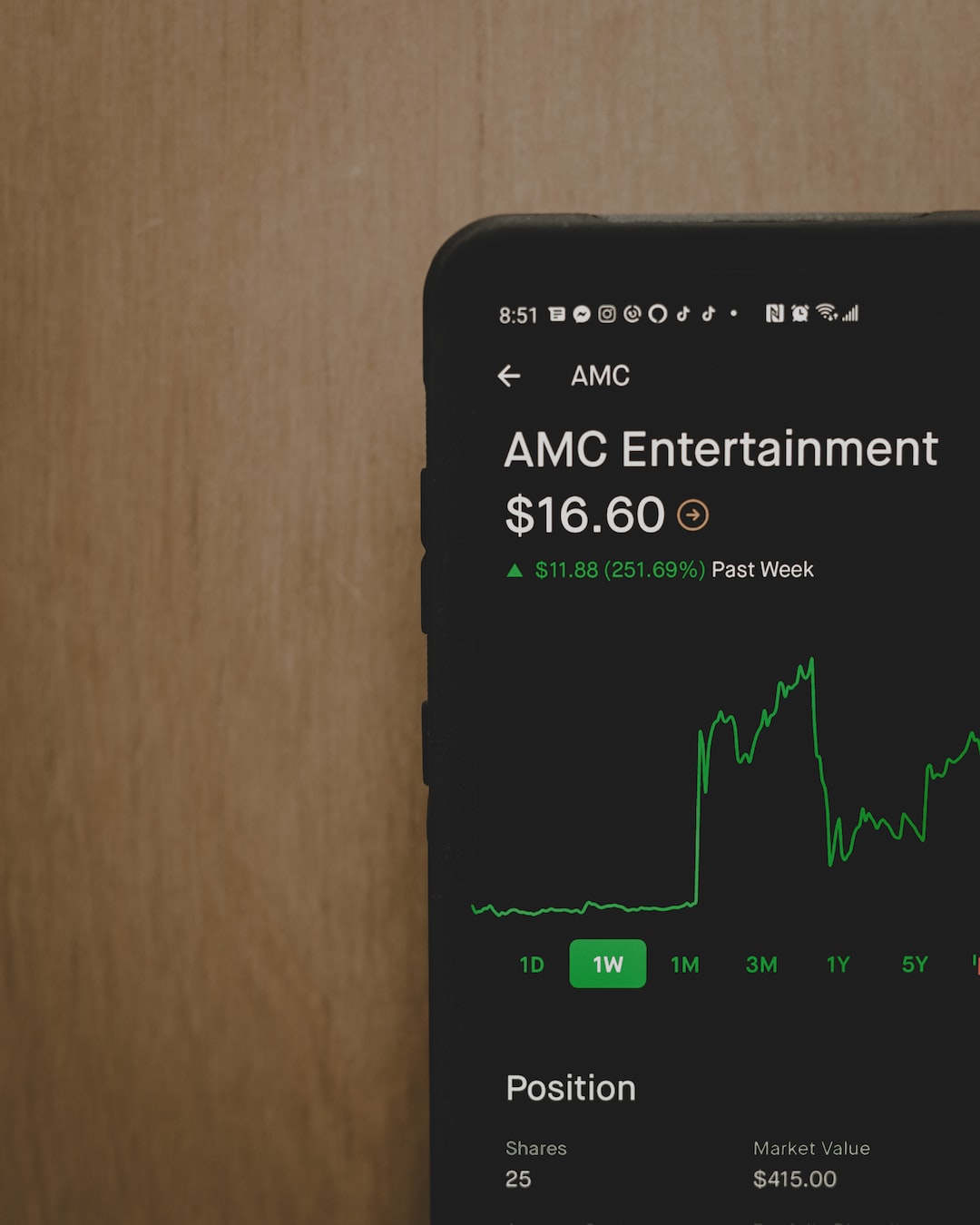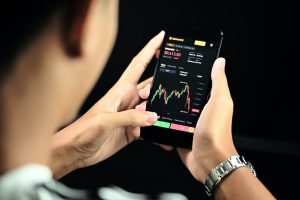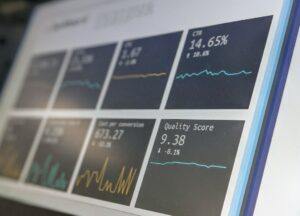A Beginner’s Guide to Reading Forex Currency Lists and Understanding Exchange Rates
Forex, short for foreign exchange, is the largest and most liquid financial market in the world. It involves the buying and selling of currencies with the aim of making a profit from the fluctuations in their exchange rates. As a beginner in forex trading, it is essential to understand how to read forex currency lists and grasp the concept of exchange rates. This guide will provide you with the necessary knowledge to navigate the world of forex trading.
Currency Pairs and Quotes
In forex, currencies are always traded in pairs. The first currency in the pair is called the base currency, while the second currency is referred to as the quote currency. For example, in the currency pair EUR/USD, the euro is the base currency, and the US dollar is the quote currency.
When reading forex currency lists, you will often come across quotes that display these currency pairs and their corresponding exchange rates. The exchange rate represents the amount of quote currency required to buy one unit of the base currency. For instance, if the exchange rate for EUR/USD is 1.20, it means that one euro can be exchanged for 1.20 US dollars.
Understanding Exchange Rates
Exchange rates are influenced by various factors, including interest rates, economic performance, geopolitical events, and market sentiment. These rates are constantly fluctuating due to the continuous buying and selling of currencies by traders, investors, banks, and governments.
Exchange rates can be quoted in two ways: direct and indirect. In a direct quote, the domestic currency is the base currency, while in an indirect quote, the domestic currency is the quote currency. For example, if you are in the United States and the exchange rate for EUR/USD is 1.20, it is a direct quote. On the other hand, if the exchange rate for USD/EUR is 0.83, it is an indirect quote.
In forex trading, exchange rates are often displayed with five decimal places. The fourth decimal place is known as a pip, which stands for “percentage in point.” A pip represents the smallest increment of movement in the exchange rate. For example, if the exchange rate for EUR/USD moves from 1.2000 to 1.2005, it has increased by five pips.
Currency Symbols and Codes
Each currency in the forex market has a unique symbol and code. These symbols and codes are standardized to avoid confusion and ensure accurate identification of currencies. Some common symbols include $ for the US dollar, € for the euro, £ for the British pound, and ¥ for the Japanese yen.
Currency codes are three-letter abbreviations derived from the International Organization for Standardization (ISO) currency codes. For example, USD represents the US dollar, EUR stands for the euro, GBP denotes the British pound, and JPY signifies the Japanese yen.
Major Currency Pairs
Forex currency lists often categorize currency pairs into major, minor, and exotic pairs. Major currency pairs consist of the most heavily traded currencies in the world. They include EUR/USD, USD/JPY, GBP/USD, and USD/CHF. These pairs have high liquidity and tight spreads, making them popular among traders.
Minor Currency Pairs
Minor currency pairs, also known as cross currency pairs, do not involve the US dollar as either the base or quote currency. They are formed by combining two major currencies. Examples of minor currency pairs include EUR/GBP, EUR/JPY, and GBP/JPY.
Exotic Currency Pairs
Exotic currency pairs consist of one major currency and one currency from an emerging or smaller economy. These pairs have low liquidity and wider spreads compared to major and minor pairs. Examples of exotic currency pairs include USD/ZAR (US dollar/South African rand), USD/TRY (US dollar/Turkish lira), and USD/THB (US dollar/Thai baht).
Conclusion
Reading forex currency lists and understanding exchange rates are fundamental skills for any beginner in forex trading. By familiarizing yourself with currency pairs, quotes, exchange rates, symbols, and codes, you will be able to make informed trading decisions. Remember that exchange rates are constantly changing, and staying updated with current market conditions is crucial. With practice and continuous learning, you can develop the necessary skills to succeed in the exciting world of forex trading.





